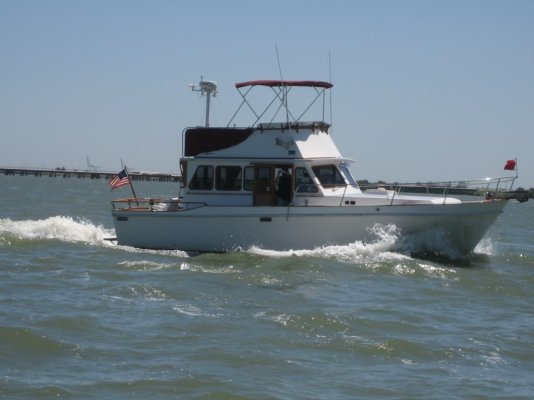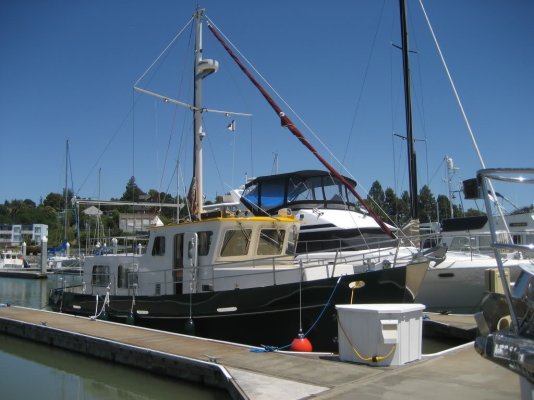I asked my*cousin in Vancouver,*works for*Environment Canada,*and he says paper charts are not required under 100 gross tons for pleasure boats and here is the*regulation per Environment Canada.* He also said local knowledge or available reference material such as chart book, tide book, or chartplotter would be acceptable.
"To help make navigation safer, you must carry the following for each area you plan to boat in:
<ul>[*]the latest edition of the largest scale chart (when available); and[*]the latest edition of related documents and publications, including
Notices to Mariners,
Sailing Directions, tide and current tables, and the
List of Lights, Buoys and Fog Signals.[/list]
"If you are operating a boat under 100 gross tons, you do not have to carry these charts, documents and publications on board as long as you know:"
<ul>[*]the location and type of charted:<ul>[*]shipping routes;[*]lights, buoys and marks; and[*]boating hazards; and[/list][*]the areas usual boating conditions such as tides, currents, ice and weather patterns."[/list]
*p.s.* He said just don't hand them a restaurant place mat!
Oops!!* Sorry my Cousin works for Transport Canada, the information on chart regulations was from Environment Canada
*
-- Edited by Edelweiss on Saturday 21st of January 2012 04:27:34 PM

